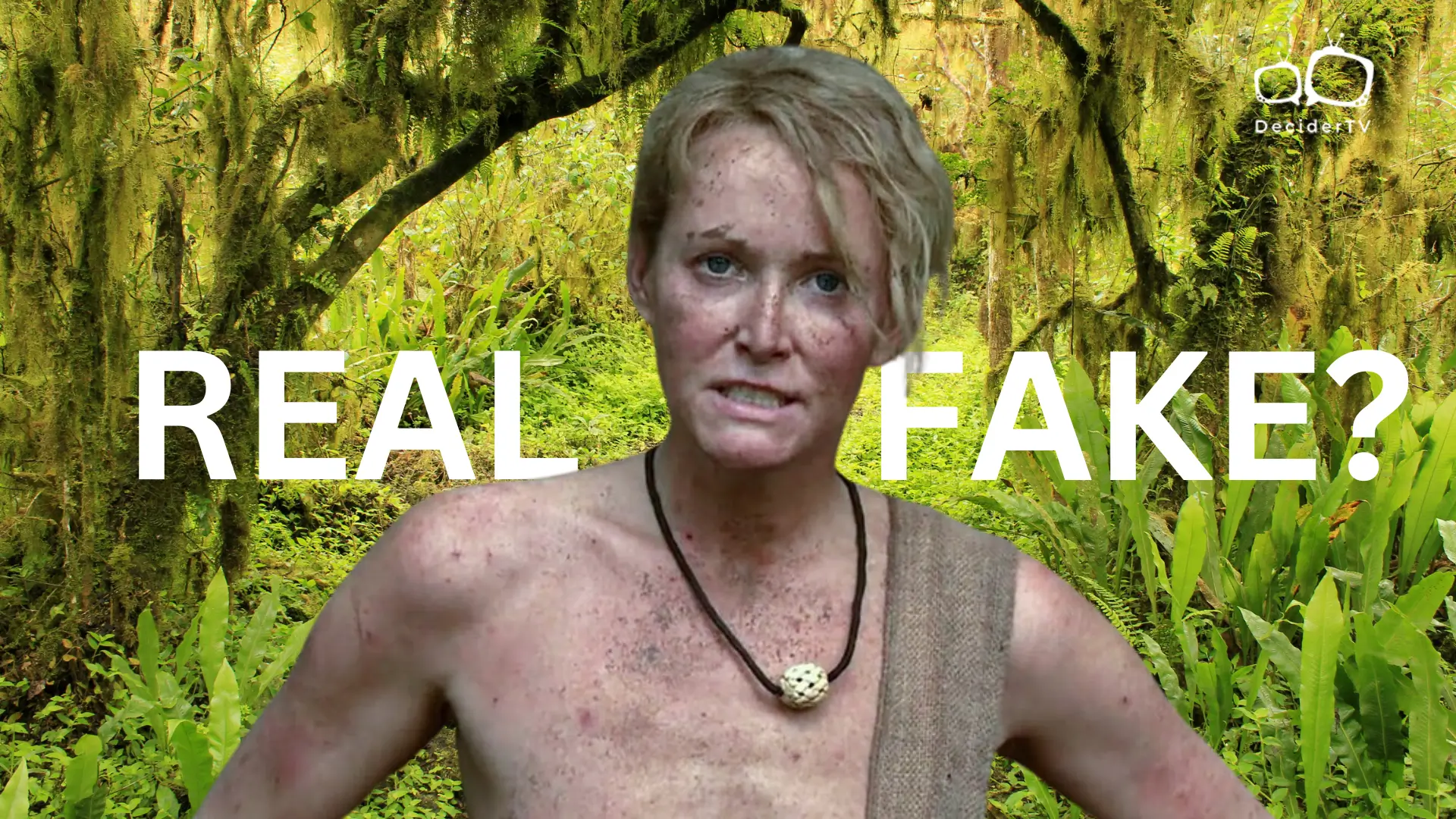As a fan of survival shows, you might have stumbled upon “Naked and Afraid,” a series that has sparked much debate and curiosity about its authenticity. The concept is straightforward: two strangers, typically a man and a woman, are left in a remote location with no clothes, no food, and just one personal item each to survive for 21 days. It’s no surprise that questions about the show’s realism have surfaced, a topic that has become as intriguing as the show itself. One of the top question is Naked and Afraid Fake?
Discussions around the show often revolve around whether the survival scenarios are genuine or if certain elements are staged for entertainment. Critics and some former participants have weighed in, highlighting aspects that may seem embellished or scripted. Instances where contestants discover resources that appear purposefully placed or when crew interactions seem to go beyond mere filming are often cited as evidence for these claims.
To understand what’s truly behind the “Naked and Afraid” curtain, it’s important to consider the insights of those who’ve experienced the challenge firsthand and the perspectives of avid viewers. Reflecting on their testimonies can help shed light on what aspects of the show might be less than authentic. Whether the series portrays genuine survival situations or contains elements of smoke and mirrors, the discussion continues, revealing the complexities of reality television.
Authenticity of the Show

Exploring the authenticity of Naked and Afraid, you’ll find that the show hinges on its casting process, production involvement, and editing. Each aspect contributes to the overall experience for the audience.
Casting Process
The casting for Naked and Afraid often involves a rigorous selection process to find individuals who are experienced in survival techniques and capable of handling extreme conditions. Contestants are not only chosen for their survival skills but also for their psychological endurance. This authenticity in casting ensures the reactions and interactions on the show have a base in genuine survivalism.
Production Involvement
While the contestants are certainly placed in real survival scenarios, there’s a level of production involvement that’s critical for safety and filming purposes. This includes medical checks and safety protocols. While the production’s presence is necessary for legal and safety reasons, it can also influence the authenticity of the depicted survival situation.
Editing and Storytelling
As with most reality television, editing plays a key role in how the story is told to viewers. Editing can amplify drama, tension, or even success. Discrepancies in storytelling can arise from the way events are presented versus how they occurred in real time, affecting the show’s perceived authenticity.
Challenges Faced by Contestants

Contestants on “Naked and Afraid” encounter a range of daunting challenges, each testing their survival capabilities and mental fortitude to the limits. Adaptability and resilience are key qualities that you require to navigate these obstacles successfully.
Survival Skills and Preparedness
Your survival toolkit must be both mental and physical. On “Naked and Afraid,” contestants are typically allowed to bring one survival item. Choosing this item is a strategic decision that can greatly influence your ability to procure food, create shelter, or make fire. Effective use of this item, coupled with pre-existing survival skills, can determine the extent of your self-reliance in environments where resources are often scarce.
Environmental Conditions
The elements can be unrelenting, with contests taking place in a variety of harsh landscapes. You might face extreme weather fluctuations, ranging from scorching heat to bone-chilling cold. Each environment presents unique obstacles; for instance, a jungle setting poses the threat of constant rainfall and humidity, which can not only hamper fire-making efforts but can also lead to skin irritations and infections.
Psychological Aspects
Survival is as much a mental game as a physical one. You could experience intense isolation and stress, which, when coupled with fatigue and hunger, may lead to psychological strain. Group dynamics and interpersonal relations also play a critical role, as trust and cooperation can be pivotal in overcoming the adversities faced in the wild.
Frequently Asked Questions
How does the production team ensure participant safety on Naked and Afraid?
The show employs safety protocols including on-site medical staff ready to intervene in case of emergencies. You should know that while contestants face real dangers, their well-being is a priority.
Are the scenarios in Naked and Afraid scripted or planned in any way?
Some interactions and conflicts might be amplified for dramatic effect, but the basic premise of survival is genuine. Contestants are indeed left in rugged conditions, though often not far from civilization.
What are the actual rules that contestants must follow on Naked and Afraid?
Participants are typically allowed to bring one survival item with them. Beyond this, they must survive for 21 days with no food, water, or clothing provided by the show.
How is the camera crew involved in the daily operations of Naked and Afraid?
Although they document the experience, camera crew members are instructed not to intervene unless a participant’s life is in imminent danger, maintaining the show’s authenticity.
Have there been any severe injuries or attacks on contestants during the show?
Yes, there have been instances where participants suffered significant injuries, such as broken bones, and required medical evacuation.
What measures are in place to deal with severe weather conditions on Naked and Afraid?
Contestants must often endure harsh weather, but the show has contingencies in place for extreme situations. In such cases, participants may be temporarily relocated or given aid to ensure their safety.

